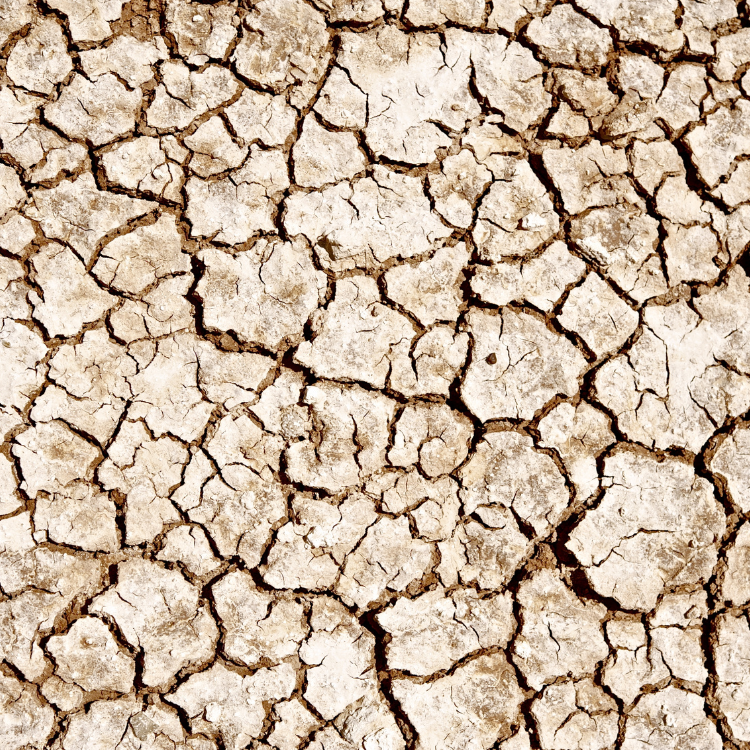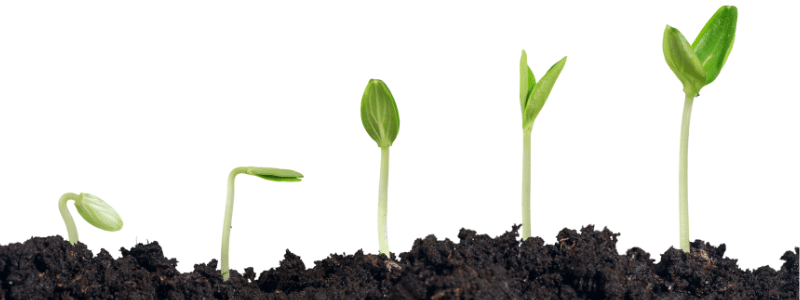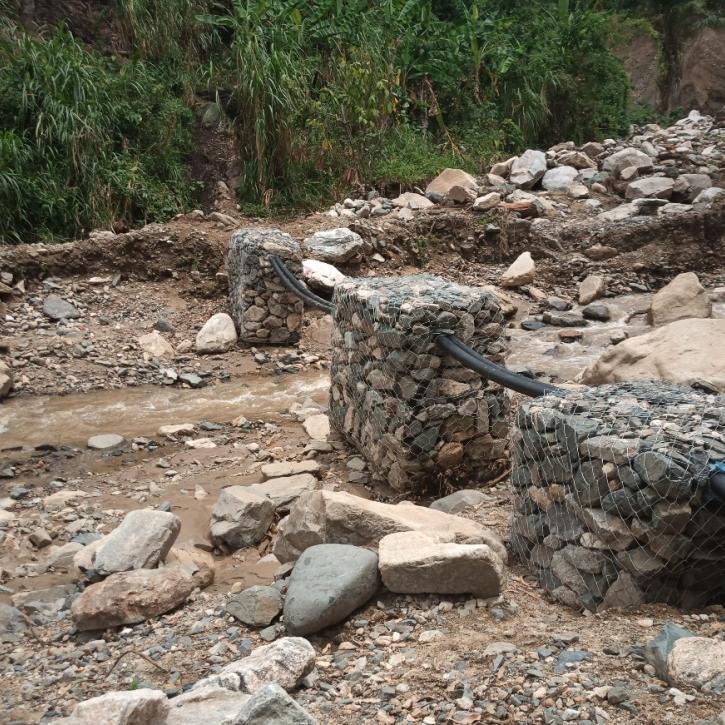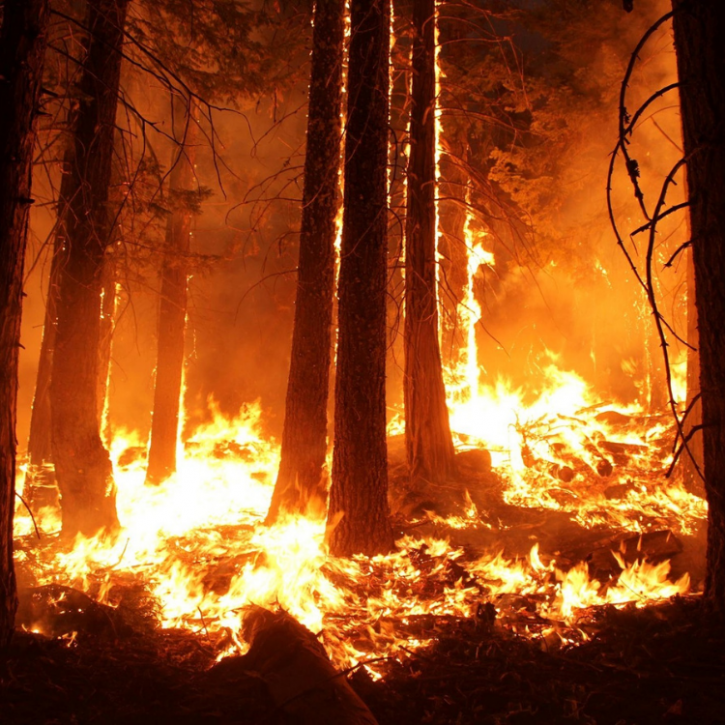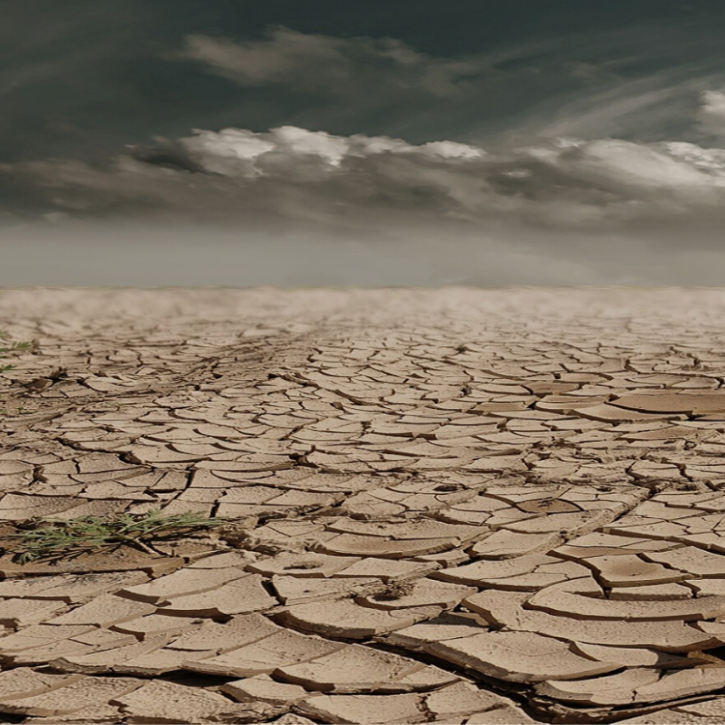

Projected increase in compound dry and hot events over global land areas
Title: Projected increase in compound dry and hot events over global land areas
Authors: Xinying Wu, Zengchao Hao, Qiuhong Tang, Vijay P. Singh, Xuan Zhang, Fanghua Hao
Journal: International Journal of Climatology
URL: https://doi.org/10.1002/joc.6626
Both dry and hot conditions may lead to negative impacts on the ecosystem and human society, such as crop yield reduction and food security. In many cases, these two conditions may occur at the same time (or in close succession), such as extremely dry and hot conditions during the 2010 heat waves in Europe. This is commonly termed as compound dry and hot events, which may induce larger impacts than dry or hot conditions individually. As such, variations of this event in both historical periods and future projections have drawn increasing attention in the past decade.
In this paper, Wu et al. (2020) collect precipitation and temperature data of historical observations from Climatic Research Unit (CRU). In addition, they also obtain future projections of precipitation and temperature data from Coupled Model Intercomparison Project (CMIP5) climate models under Representative Concentration Pathway (RCP) 8.5, which represents the scenario of high increase in radiative forcing (that contributes to climate change) by 2100. The compound dry and hot event is extracted as the concurrence of low precipitation and high temperature for two seasons June-July-August (JJA) and December-January-February (DJF) over global land and cropland areas. The frequency of compound dry and hot events for the historical period (1950-1999) and future period (2050-2099) are then compared. Their results show that the frequency of compound dry and hot events would increase in many regions (up to 50%), such as southern Africa, Australia, and South America during JJA and northern Africa, south Asia, and southern North America during DJF for the future period 2050-2099, compared with that for the historical period 1950-1999. The global land and cropland area covered by compound dry and hot events could nearly double by the end of 21st century (2090-2099) compared with that during 1990-1999.
The compound dry and hot event has been shown to seriously affect water resources, crop yield, ecosystems, wildfire, and public health. The increased frequency and area coverage in this study imply that great risks could be imposed on different sectors in the future. This study highlights that increased attention should be paid to compound dry and hot events to improve risk management of many vulnerable sectors under global warming.

